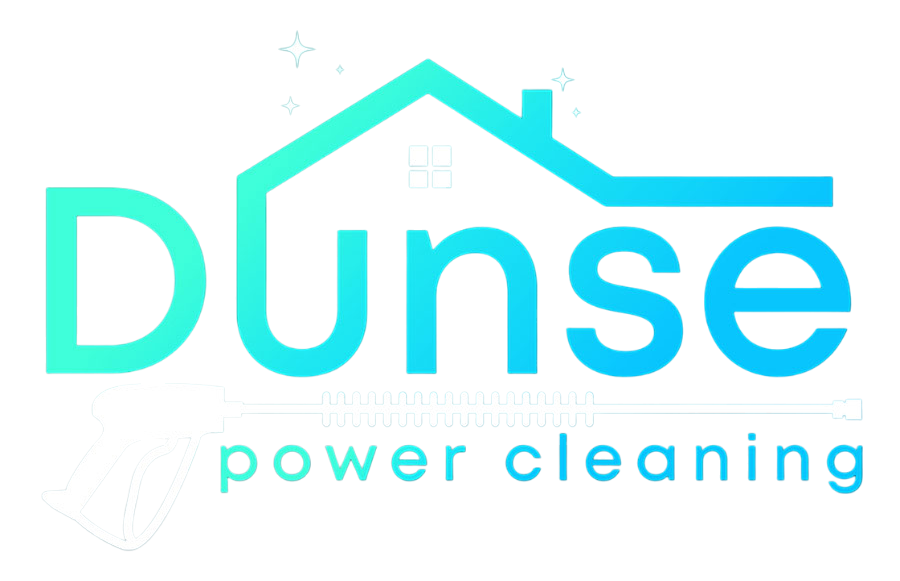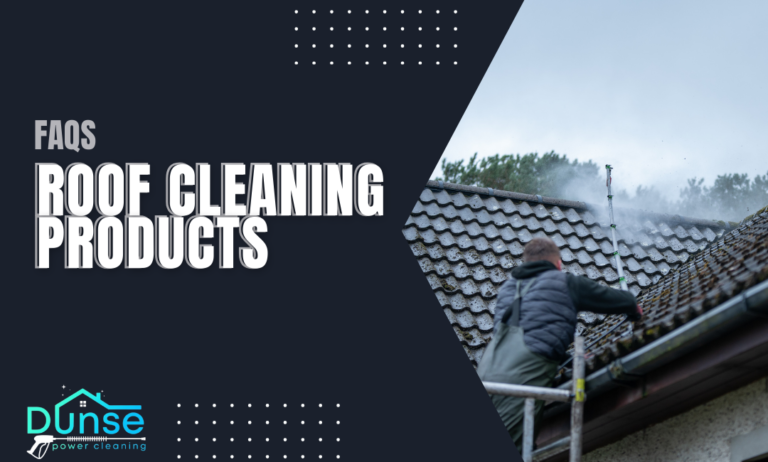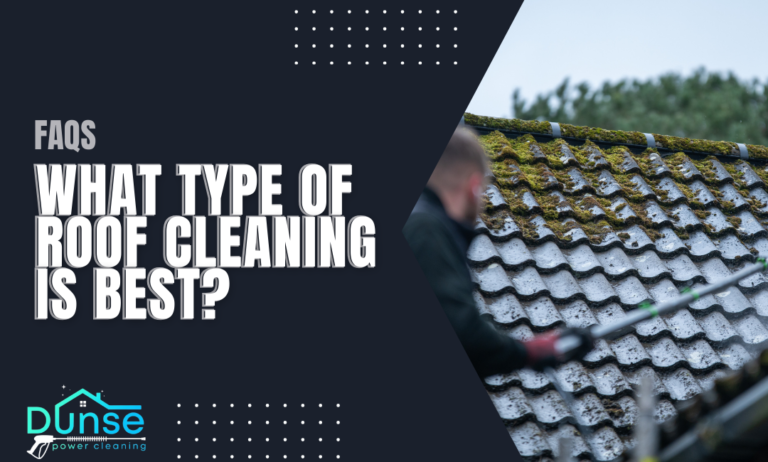Pressure Washing with Water Tank
Pressure Washing with Water Tank – Dunse Power Cleaning
Pressure washing with a water tank offers a convenient and mobile way to clean various surfaces, especially for areas without an accessible water supply. In this guide, we’ll break down the benefits, how it works, and essential tips for achieving optimal cleaning results.
1. What Is Pressure Washing with a Water Tank?
Using a water tank with a pressure washer enables you to operate in areas where there’s no direct access to a water source. This setup combines a pressure washer with a tank that holds the necessary water, giving you the flexibility to clean driveways, roofs, decks, and commercial spaces on the go.
2. Benefits of Pressure Washing with a Water Tank
Greater Mobility
With a water tank, you can pressure wash virtually anywhere. This setup is perfect for remote locations or large properties where running a hose isn’t practical.
Consistent Water Supply
Pressure washing with a water tank provides a steady water supply, ensuring that you can clean without interruptions. This is especially useful for larger jobs requiring sustained pressure.
Environmentally Conscious Option
Using a water tank allows you to control water usage, which can be more environmentally friendly. Some pressure washers also have eco-modes that allow you to adjust water flow, conserving water.
3. How to Set Up Pressure Washing with a Water Tank
- Select the Right Tank Size: The size of the water tank depends on the scope of the job. A 50-gallon tank can work for smaller cleaning tasks, while larger jobs might require a 100-gallon or even 250-gallon tank.
- Choose Compatible Equipment: Make sure the pressure washer is compatible with your water tank. Most tanks come with adapters, but double-checking ensures a seamless connection.
- Transport and Secure the Tank: If you’re working on-site, place the tank securely in a vehicle or trailer. Some setups come with wheeled frames for easy maneuvering.
- Prime and Connect: After filling the tank, prime the pump to avoid air locks, then connect the hose from the water tank to the pressure washer. This ensures steady water flow during operation.
4. Applications for Pressure Washing with a Water Tank
Pressure washing with a water tank is ideal for several applications:
- Residential Properties: Clean surfaces like patios, siding, and outdoor furniture without the need for long hoses.
- Commercial Sites: Pressure washing with a water tank is convenient for large commercial spaces, including parking lots and building exteriors.
- Remote Locations: For properties or equipment located in remote or hard-to-reach areas, a water tank provides a self-sustained solution.
5. Best Practices for Pressure Washing with a Water Tank
- Maintain Proper Pressure Levels: High pressure can damage certain surfaces. Adjust pressure based on the material you’re cleaning.
- Monitor Water Levels: Ensure you have enough water for the job. Running out midway can reduce efficiency.
- Use Eco-Friendly Detergents: If your setup includes a detergent tank, choose biodegradable cleaners to protect plants and soil.
Is Pressure Washing with a Water Tank Right for You?
If you need flexibility and reliable water access while cleaning various surfaces, pressure washing with a water tank might be the solution. Whether you’re a homeowner or business owner, having a water tank setup can enhance your cleaning capabilities and increase efficiency.
At Dunse Power Cleaning, we offer professional pressure washing services in Edinburgh, Lothians, and nearby areas. If you’re considering pressure washing with a water tank or need assistance with cleaning your property, contact us today. Our expert team is equipped to handle a wide range of pressure washing needs, ensuring quality and convenience for all your cleaning projects.
Check out our socials:
Instagram – Dunse Power Cleaning






